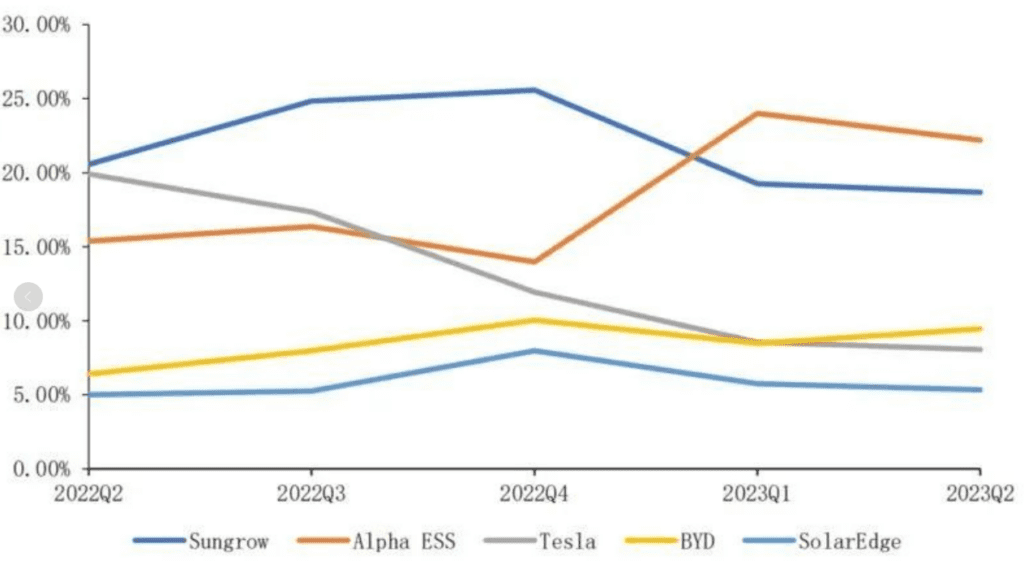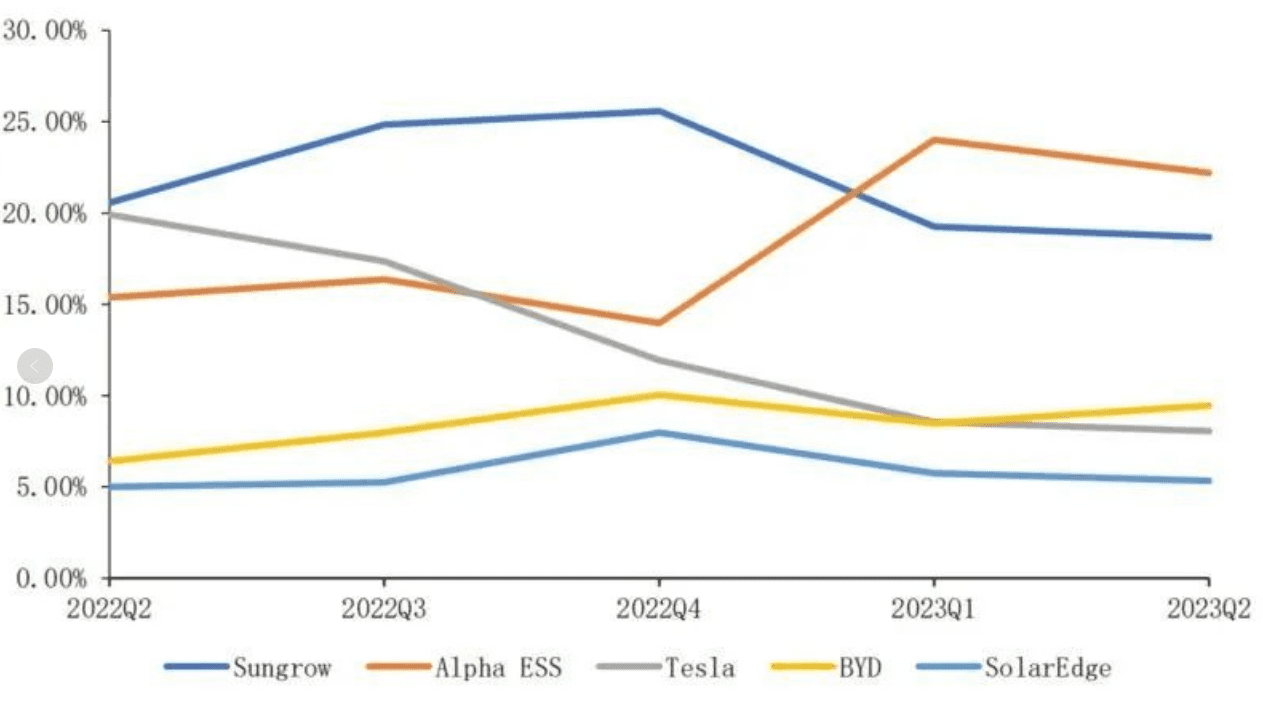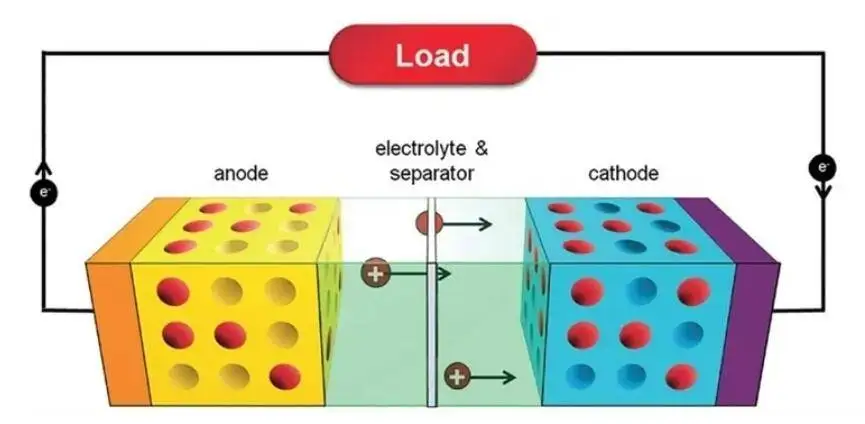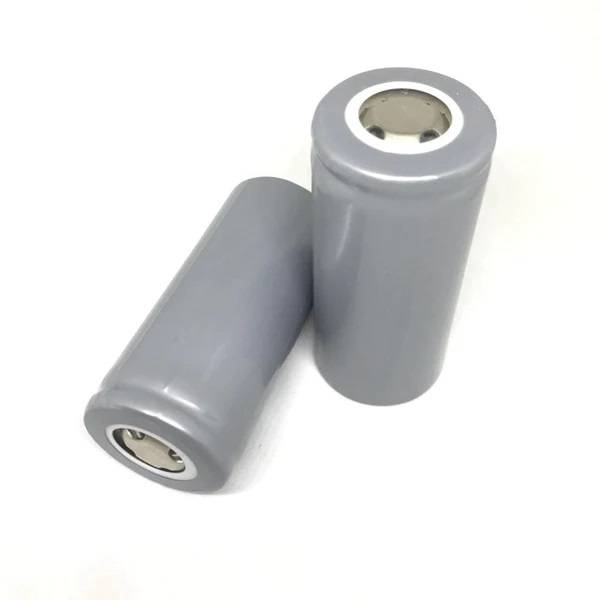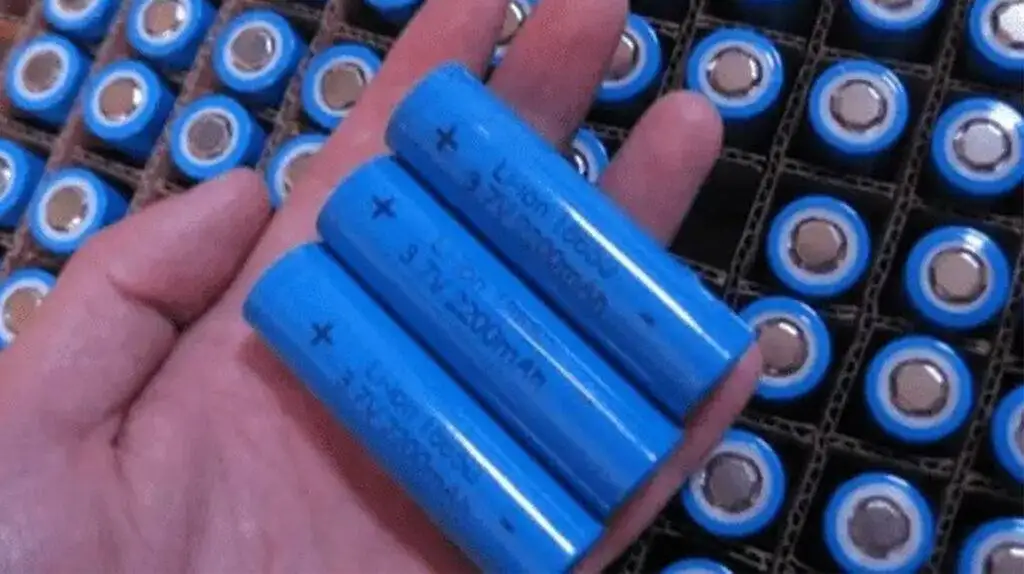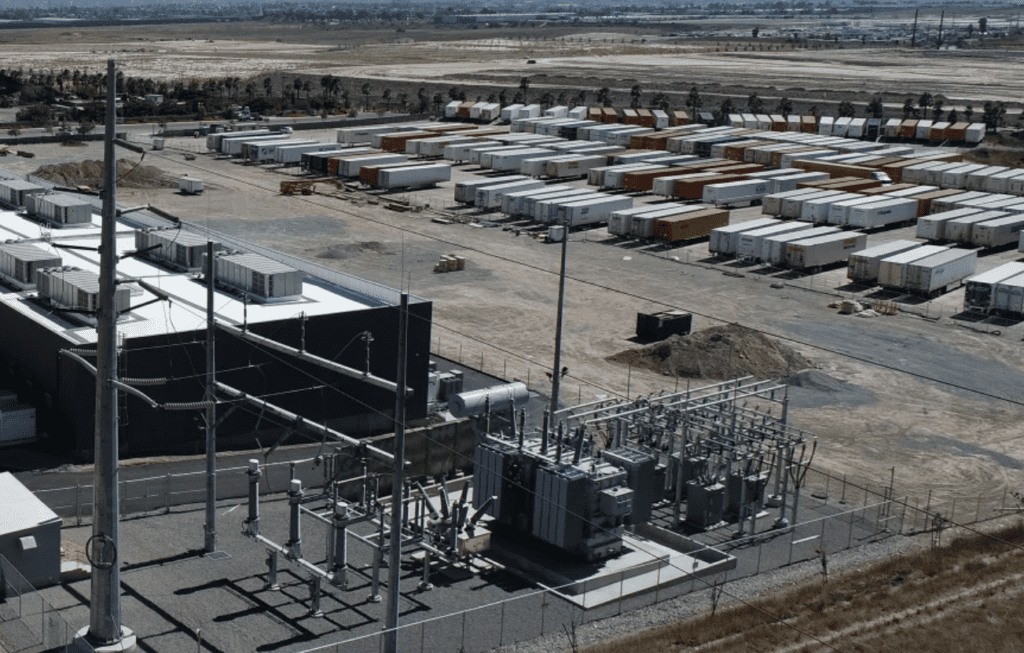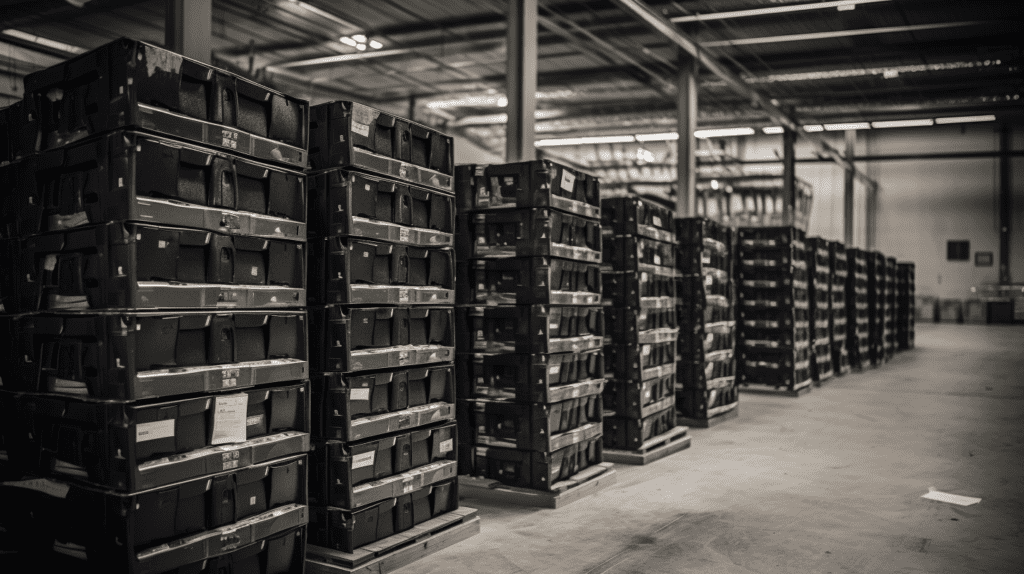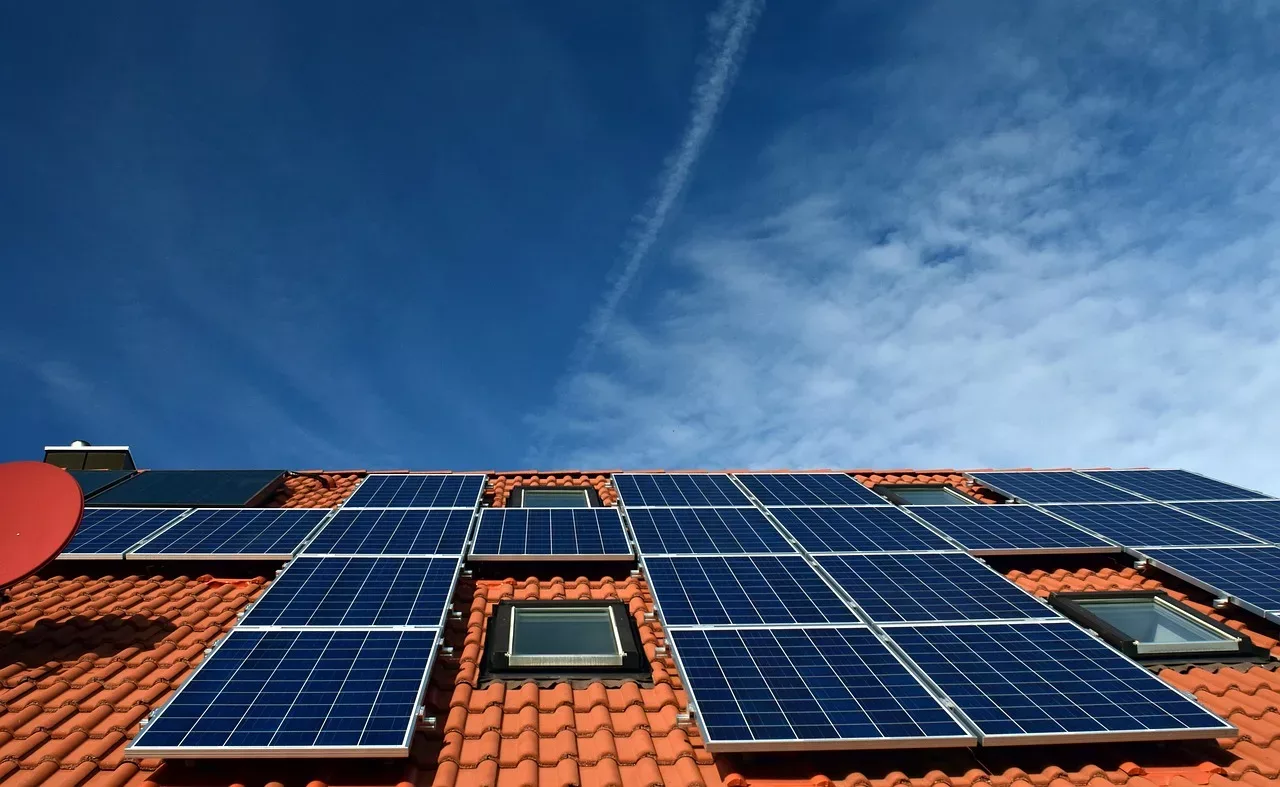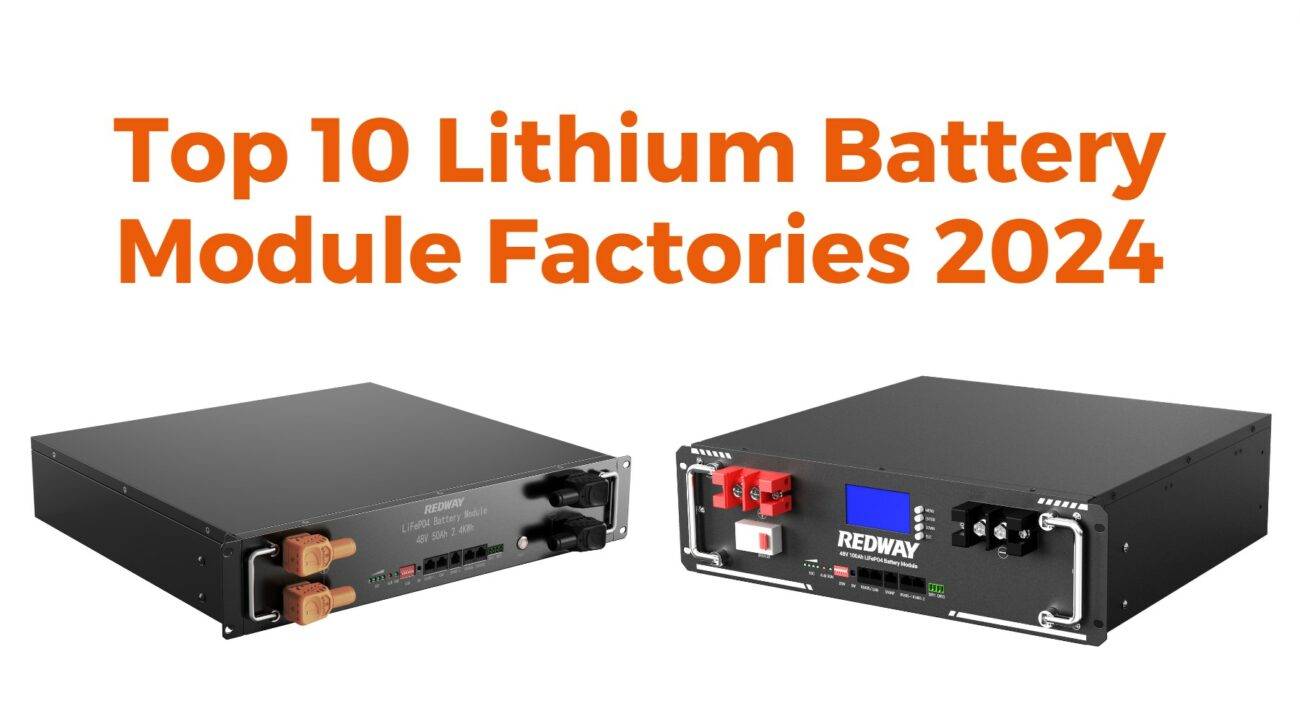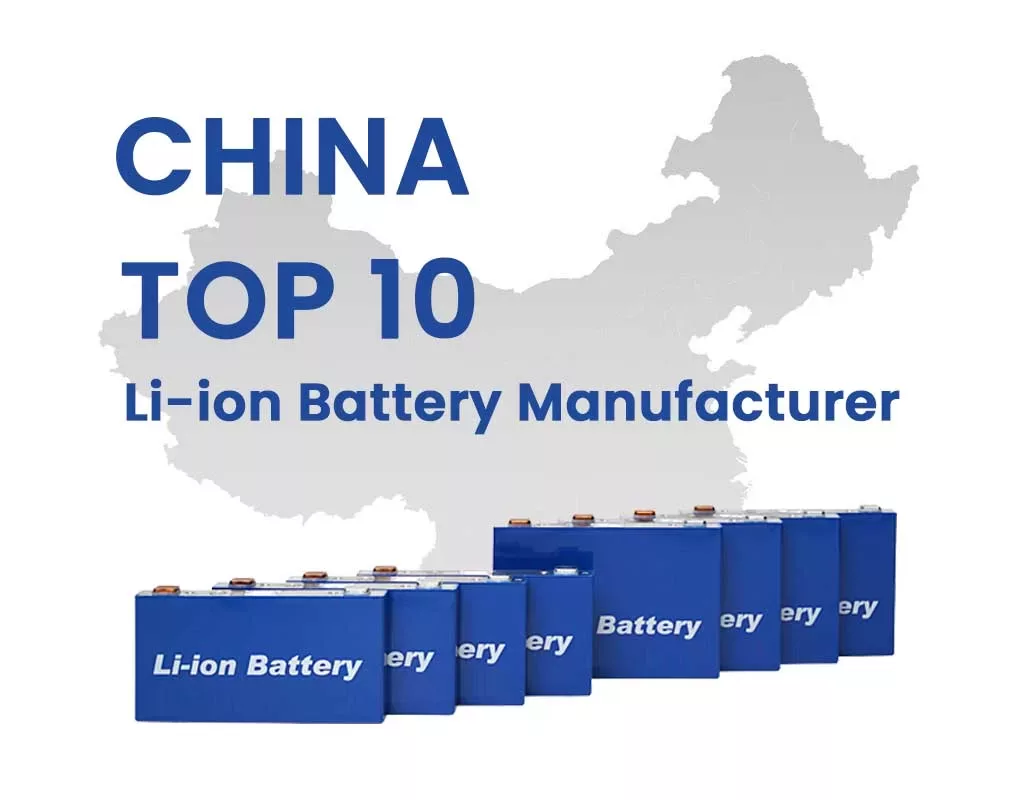The energy storage battery market in Australia is experiencing significant growth, with a record capacity of 3.9 GWh achieved between July and September 2024. This surge is driven by substantial investments and a commitment to renewable energy integration, positioning Australia as a leader in energy storage solutions.
What Record Battery Storage Capacity Did Australia Achieve in 2024?
In the third quarter of 2024, Australia achieved a remarkable record of 3.9 GWh of battery storage capacity. This milestone reflects an increase of 95% compared to the same period last year, showcasing the rapid expansion of energy storage systems across the country. The Clean Energy Council (CEC) reported that eight new battery systems were financially committed, contributing 1,235 MW/3,862 MWh of storage capacity.
Chart: Quarterly Growth of Battery Storage Capacity
| Quarter | Capacity (GWh) | Year-over-Year Growth (%) |
|---|---|---|
| Q3 2023 | 2.0 | – |
| Q3 2024 | 3.9 | 95% |
How Much Investment Was Committed to Energy Storage Projects in Australia?
Investment commitments for energy storage projects reached at least AUD 1.2 billion (approximately USD 789 million) during this period. This financial backing is crucial for supporting the development of new battery systems and enhancing Australia’s capacity to store renewable energy effectively.
What Role Do Battery Projects Play in Australia’s Energy Landscape?
Battery projects are integral to Australia’s transition towards a sustainable energy future, enabling the integration of renewable sources like solar and wind power into the grid. They help mitigate issues related to intermittency and provide essential services such as frequency control and backup power during outages.
Chart: Investment Trends in Australian Energy Storage
| Year | Investment (AUD Billion) | Key Projects |
|---|---|---|
| 2022 | 1.9 | Various large-scale |
| 2023 | 4.9 | Riverina, Hornsdale |
| 2024 | 1.2 (Q3 only) | New projects underway |
How Much New Capacity Has Started Construction in 2024?
As of mid-2024, over 3 GW of new battery energy storage projects have commenced construction across Australia. This trend indicates a robust pipeline for future growth, with expectations that total capacity could exceed 5 GW by year-end.
Why Is New South Wales Leading in Battery Installations?
New South Wales (NSW) dominates Australia’s battery installation landscape, accounting for approximately 80% of new capacity being developed. The state benefits from several large-scale projects, including the Eraring battery system, which will significantly enhance its energy storage capabilities.
What Are the Future Projections for Battery Storage Capacity in Australia?
Looking ahead, forecasts suggest that Australia’s energy storage capacity needs to expand dramatically to meet growing demand and renewable integration goals. The Australian Energy Market Operator (AEMO) predicts that by 2030, at least 22 GW of storage capacity will be required, representing a more than 700% increase from current levels.
Latest News
Recent reports indicate that Australia’s energy storage market continues to grow rapidly, with significant investments and new projects coming online. The CEC highlighted that commitments have reached record levels, with ongoing developments expected to further enhance grid stability and support renewable energy goals.
Editor Comment
“Australia’s commitment to expanding its battery storage capabilities is pivotal for achieving our renewable energy targets,” states Dr. Sarah Johnson, an energy analyst at the Clean Energy Council. “With increasing investments and innovative projects underway, we are well-positioned to lead in sustainable energy solutions.”
FAQ Section
Q: What is driving the growth of the energy storage market in Australia?
A: The growth is primarily driven by increased investment in renewable energy sources, government incentives, and advancements in battery technology.Q: How much battery storage capacity does Australia currently have?
A: As of now, Australia’s total battery storage capacity exceeds 3 GW, with projections indicating significant expansions by 2030.Q: Which states are leading in battery installations?
A: New South Wales is currently leading with approximately 80% of new installations due to several large-scale projects.Q: What are the future projections for Australia’s battery storage needs?
A: By 2030, it is projected that Australia will need at least 22 GW of battery storage capacity to support its renewable energy targets.
